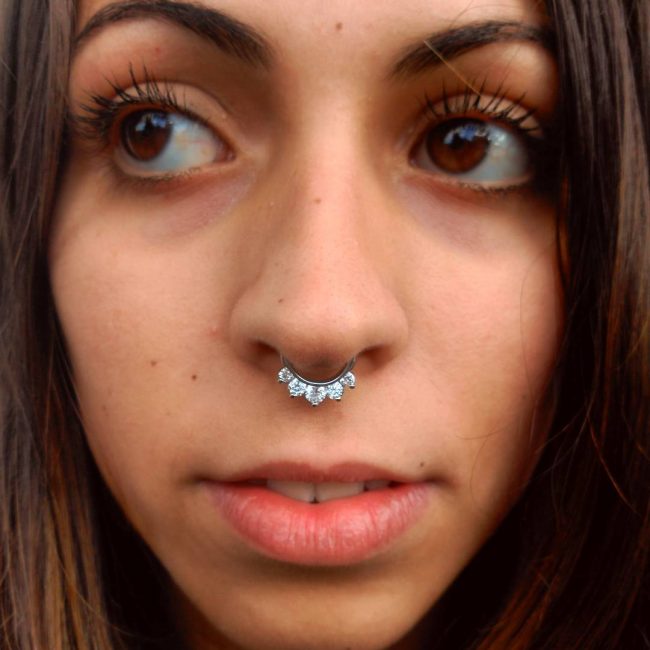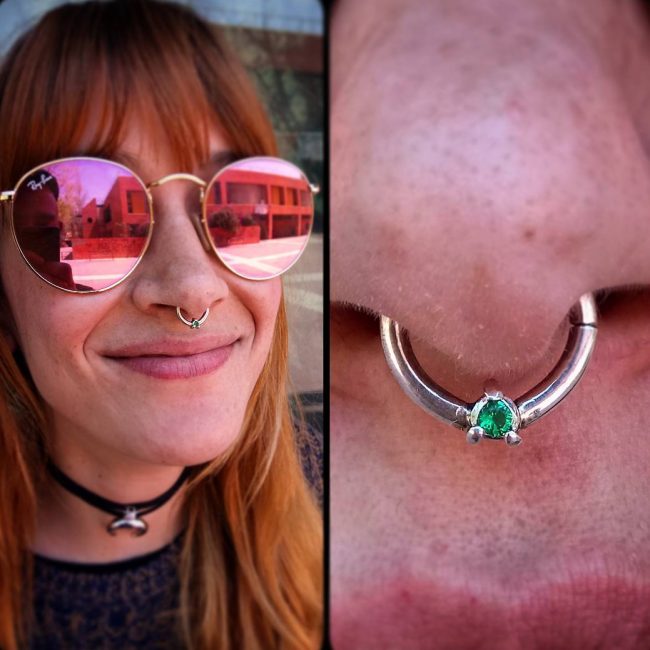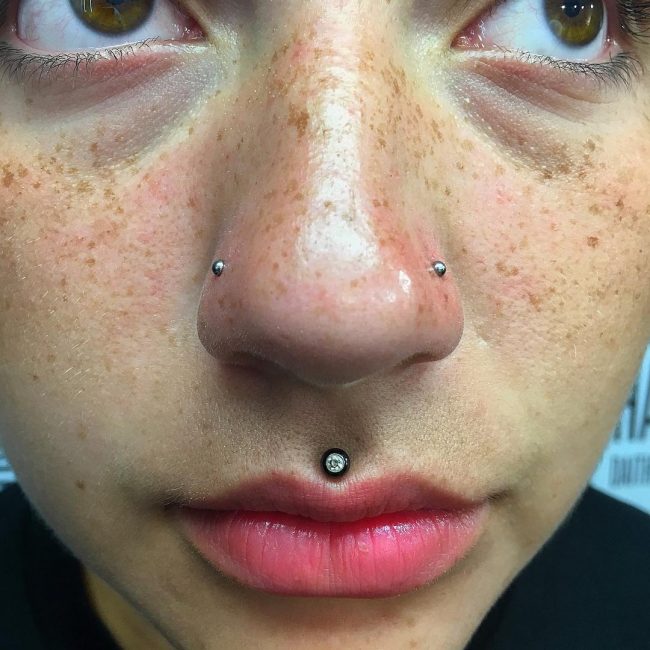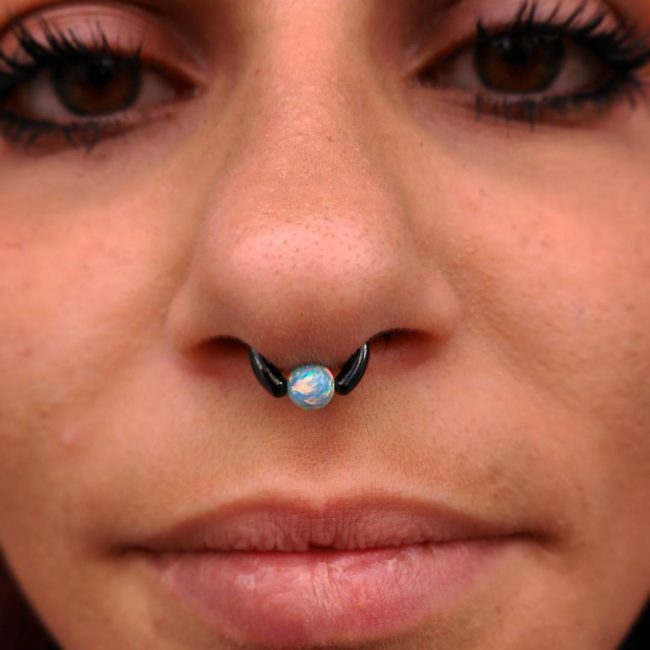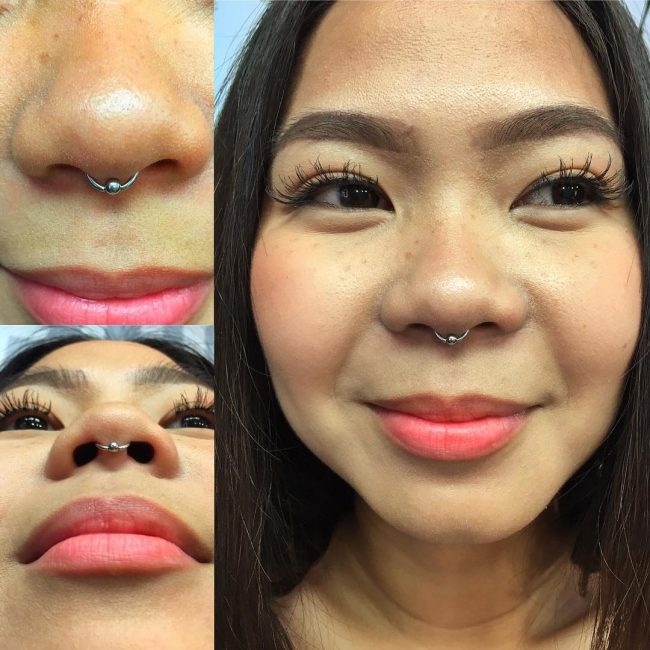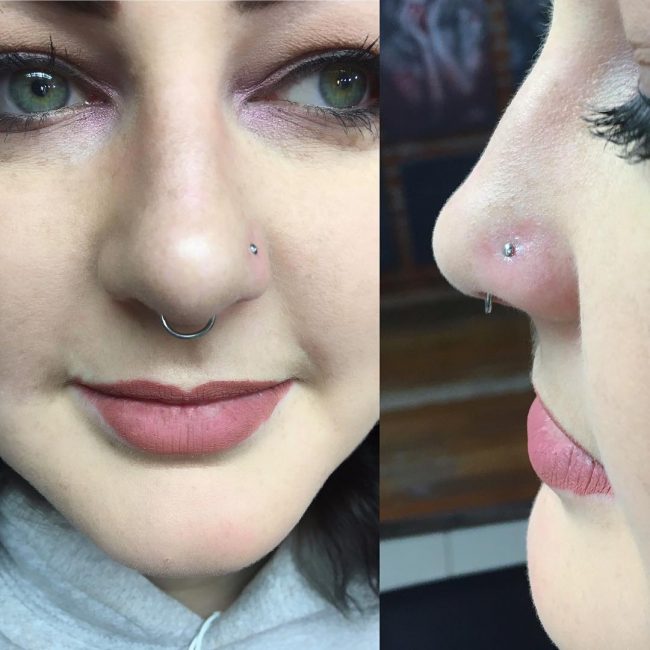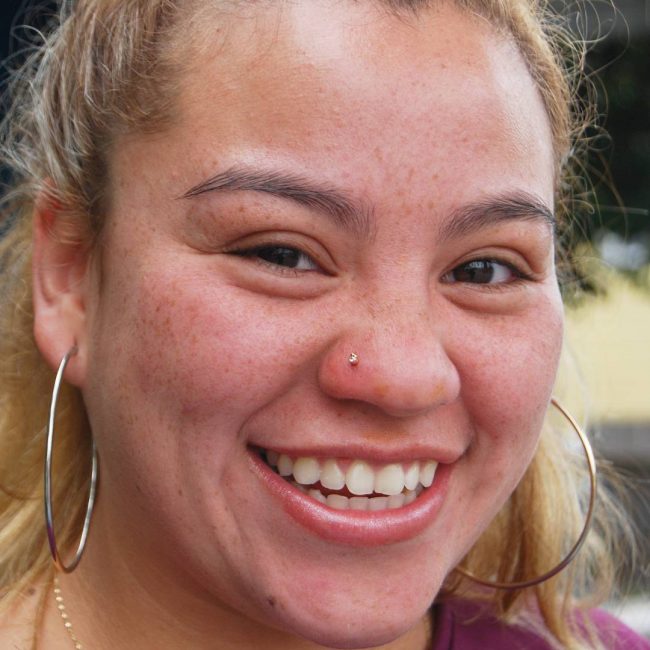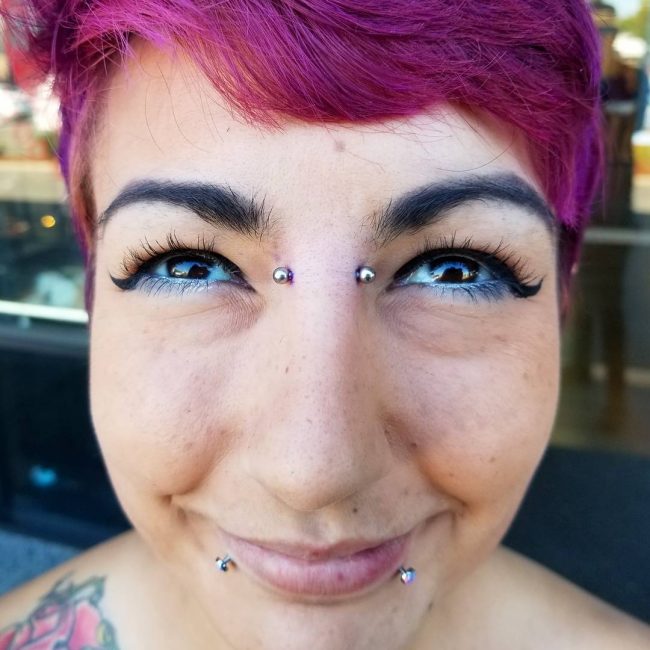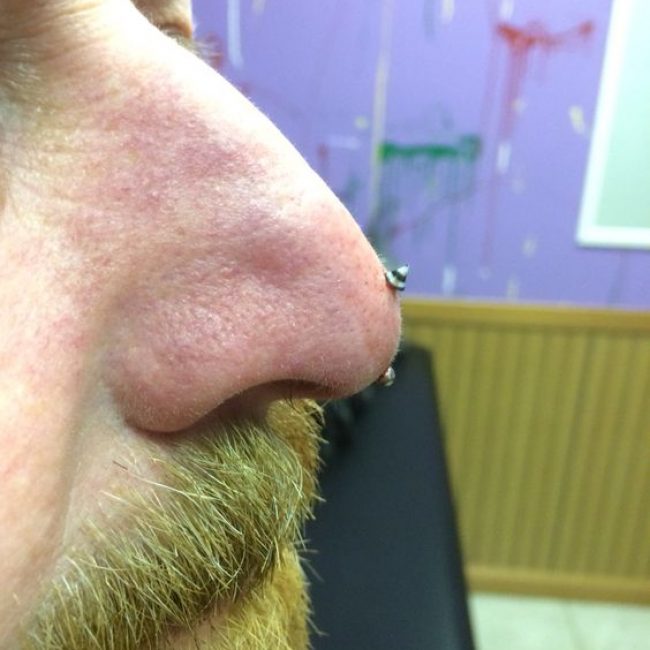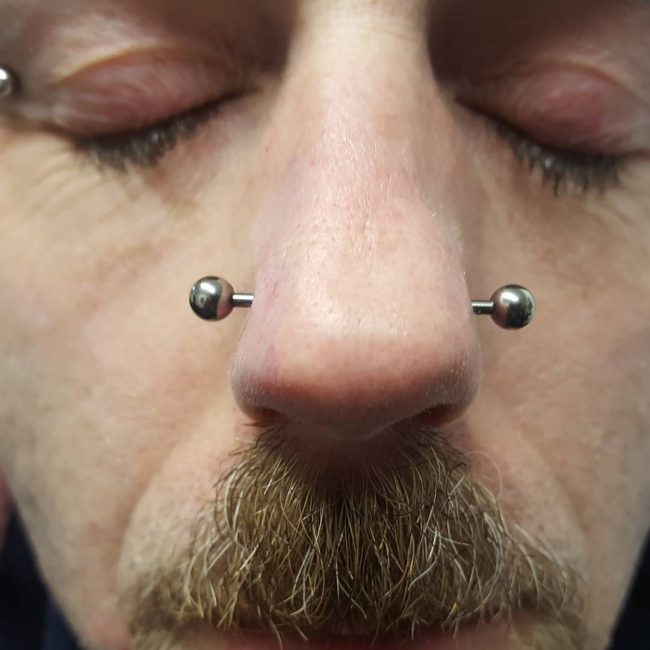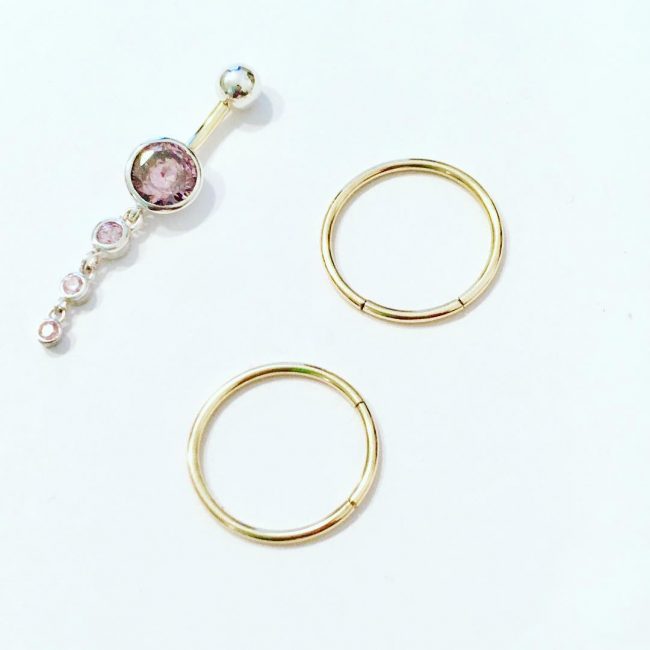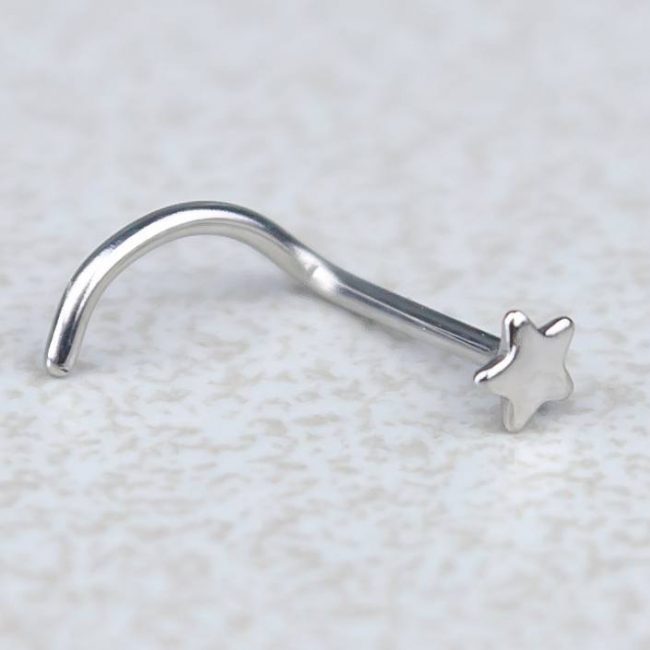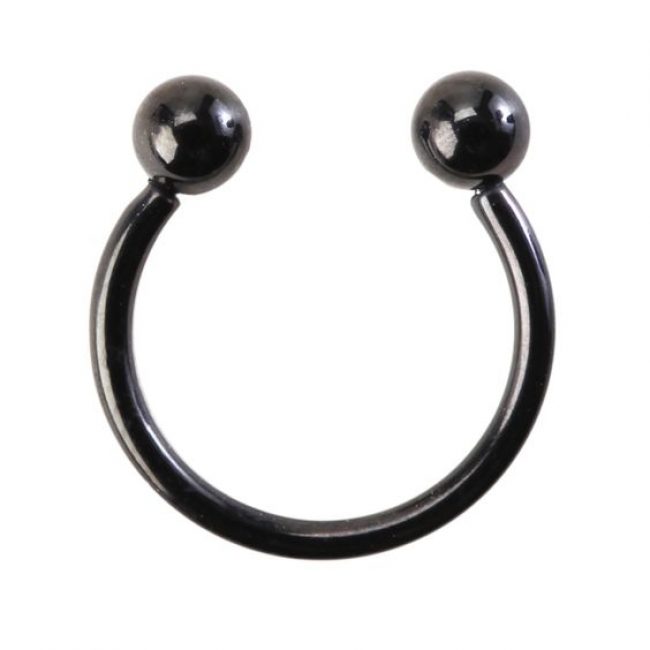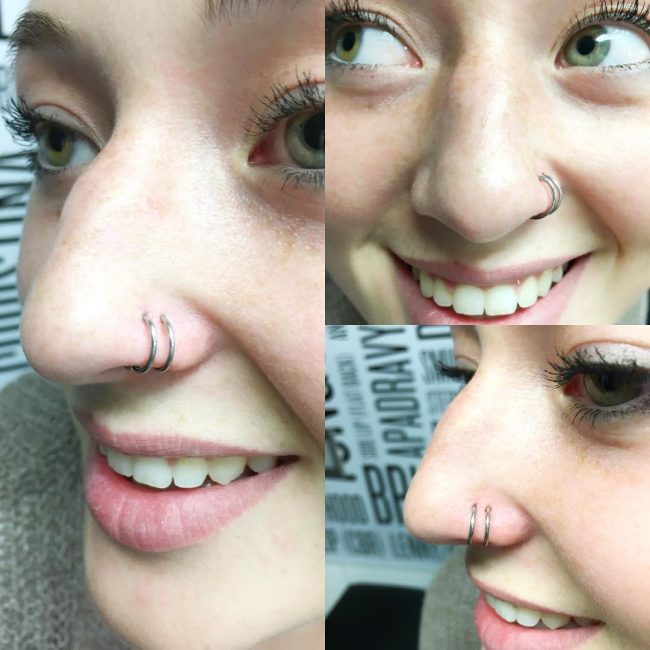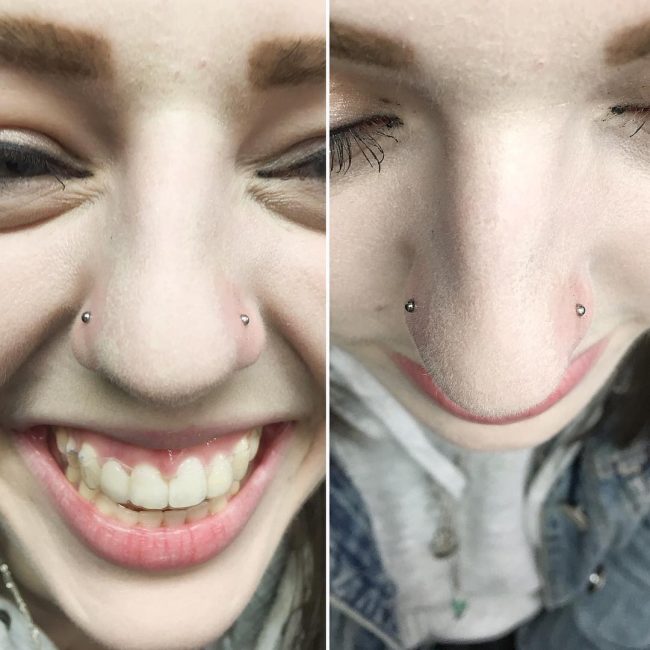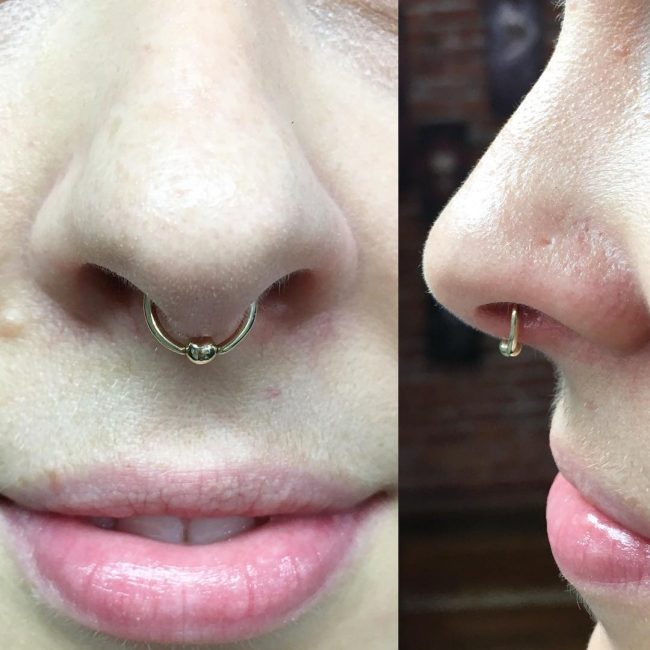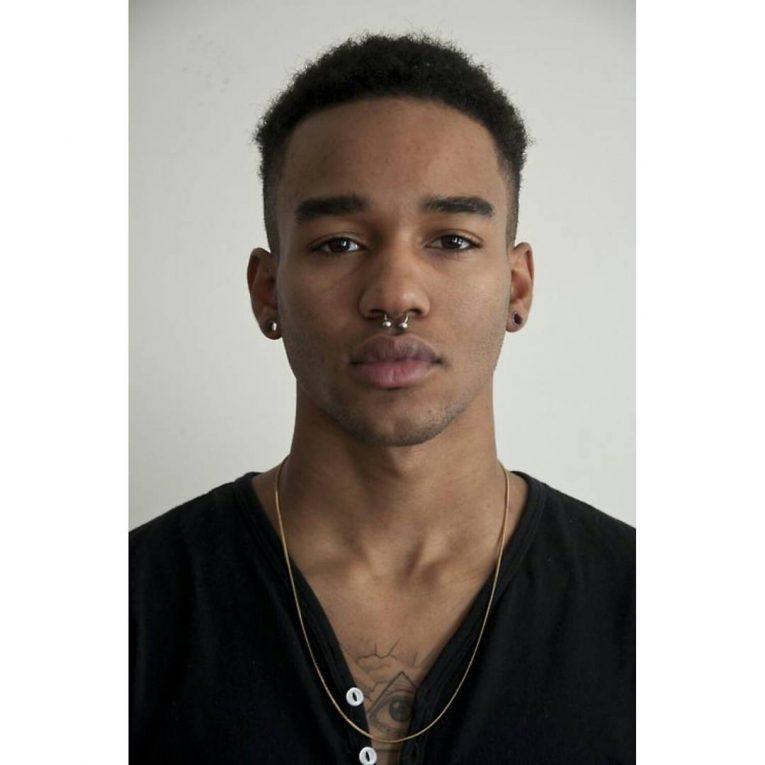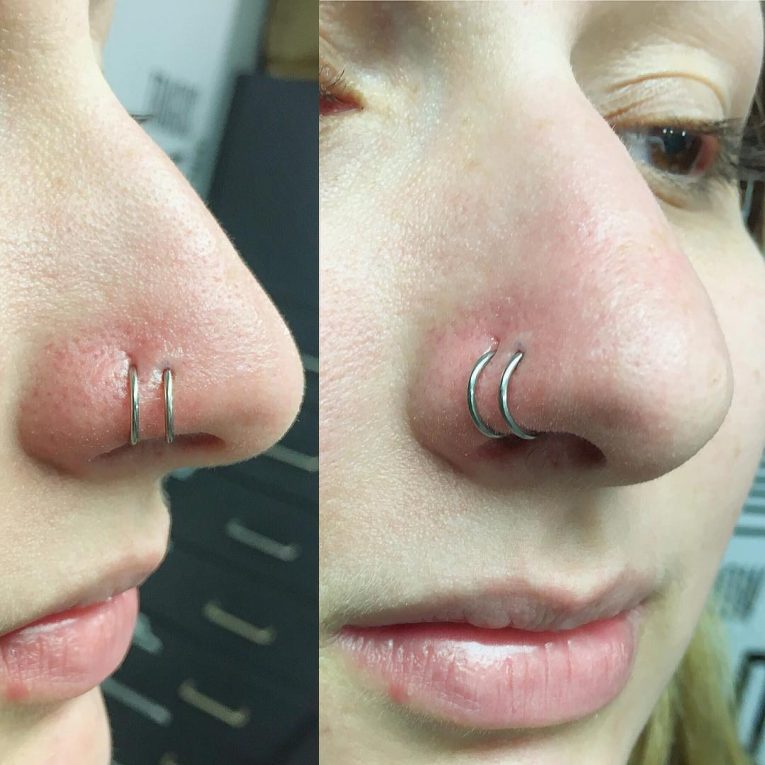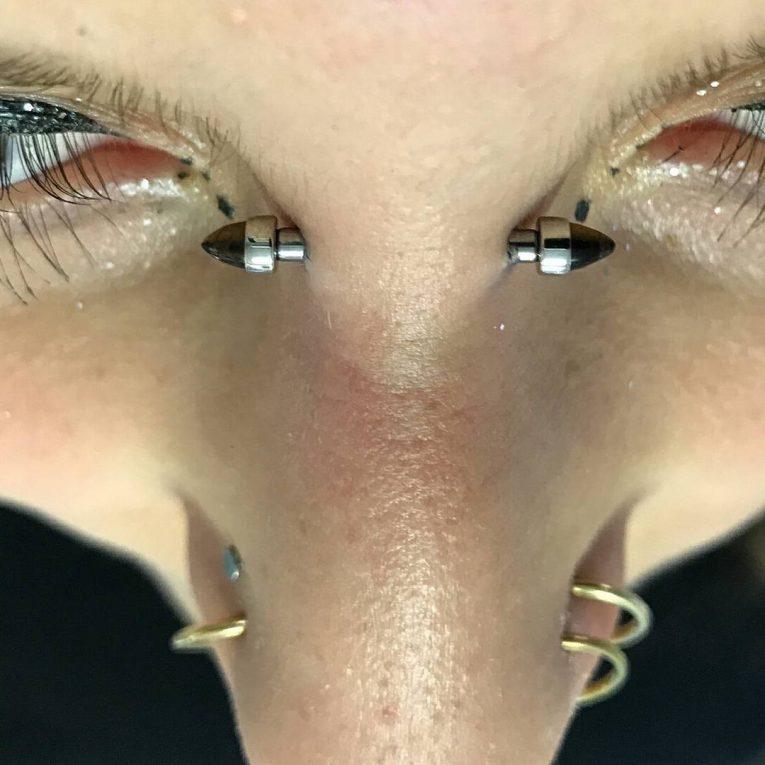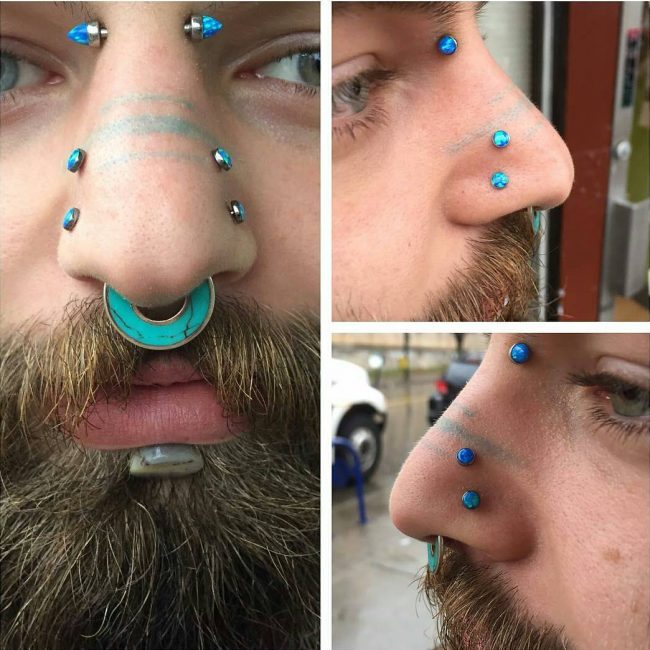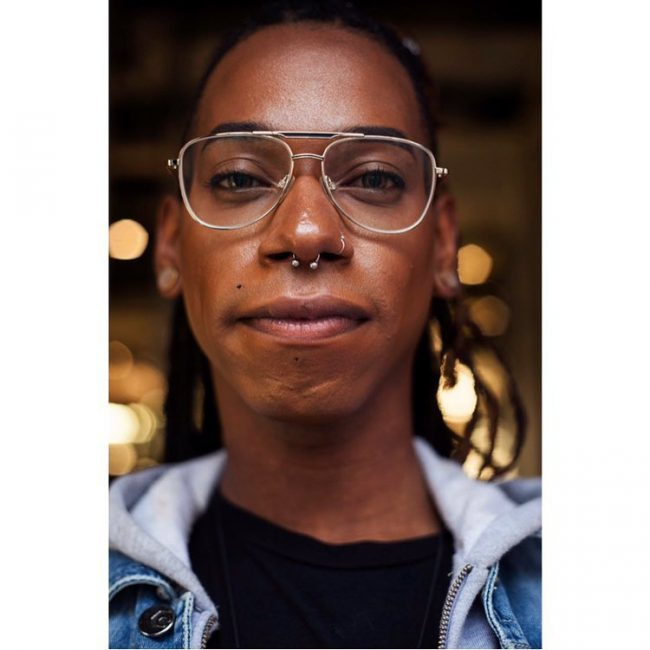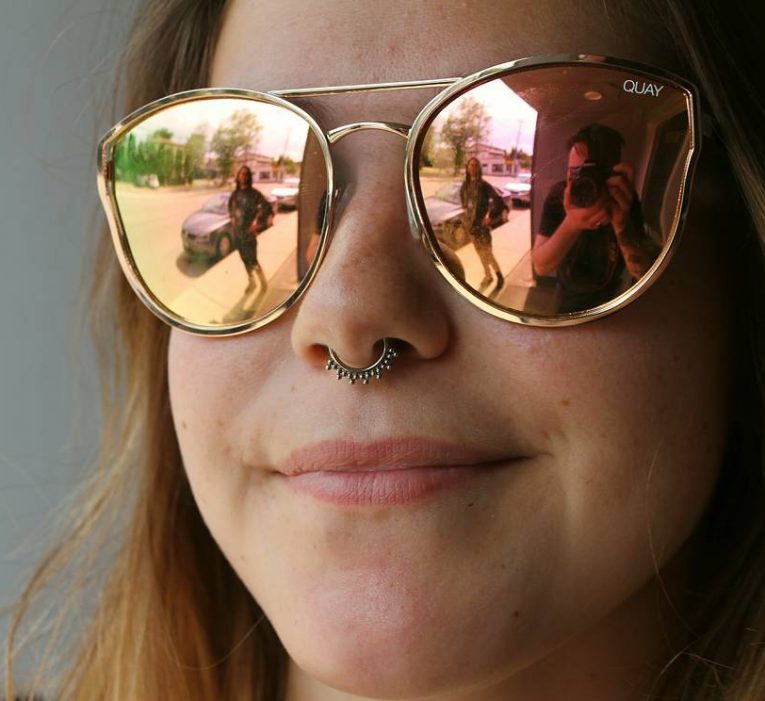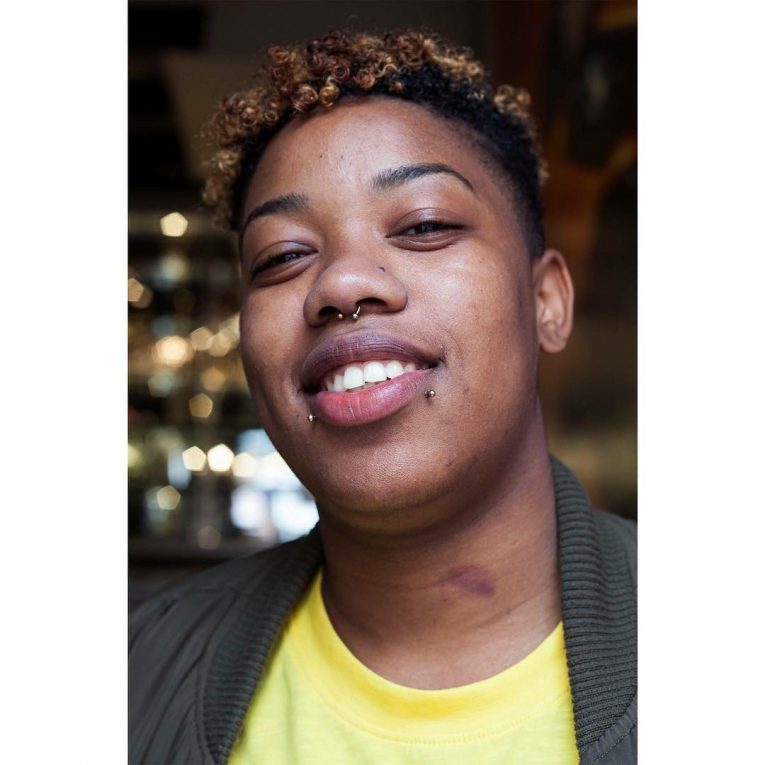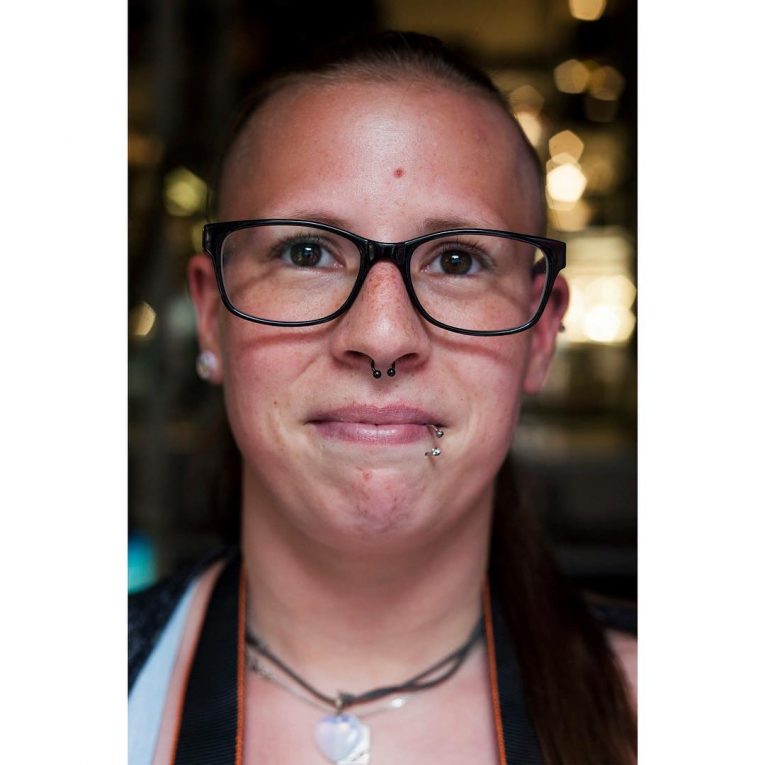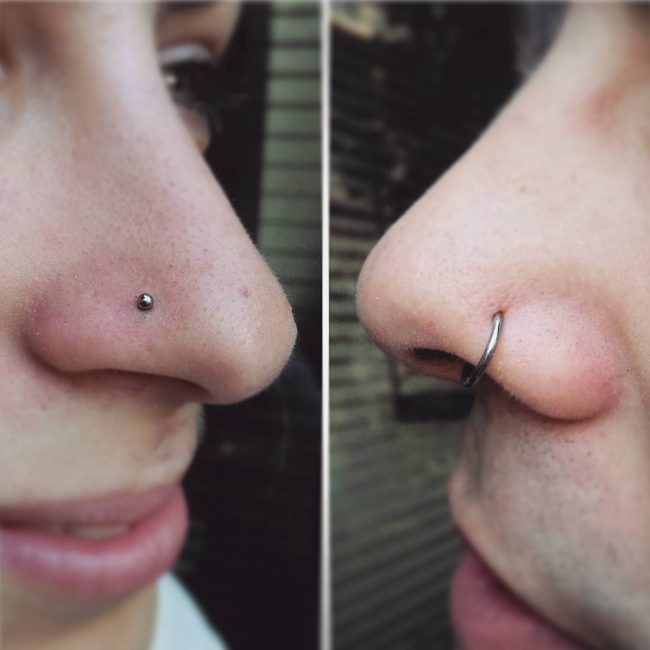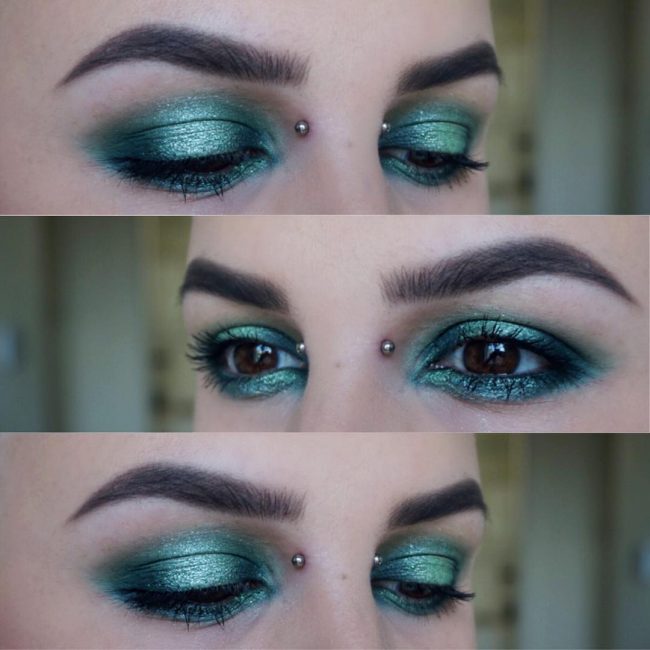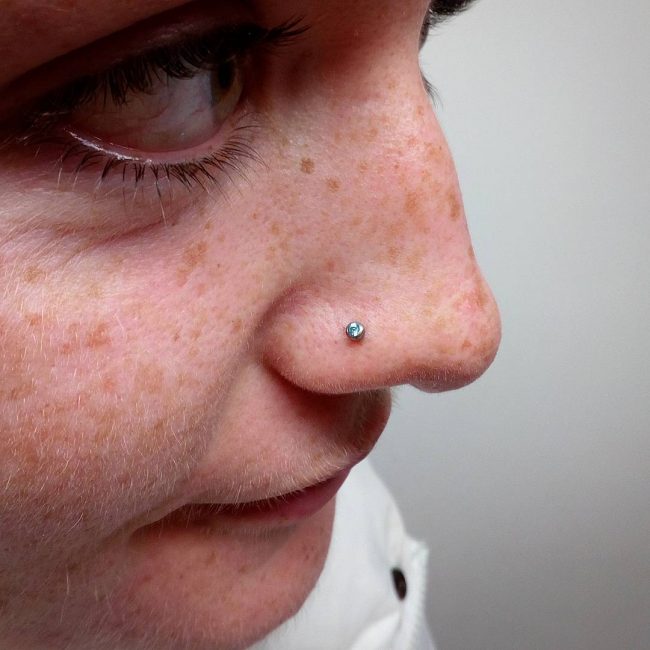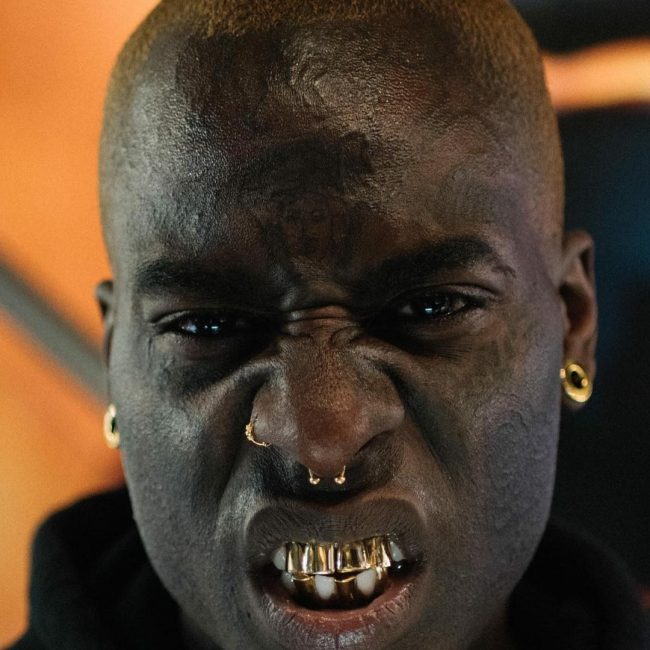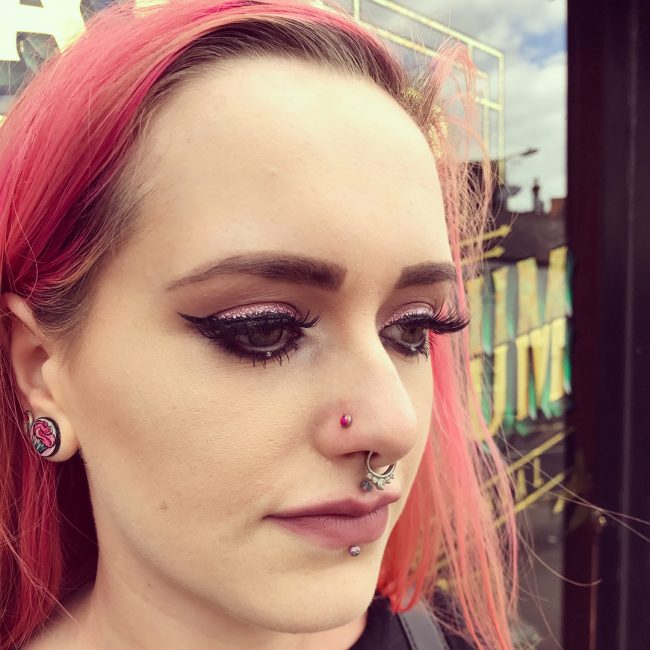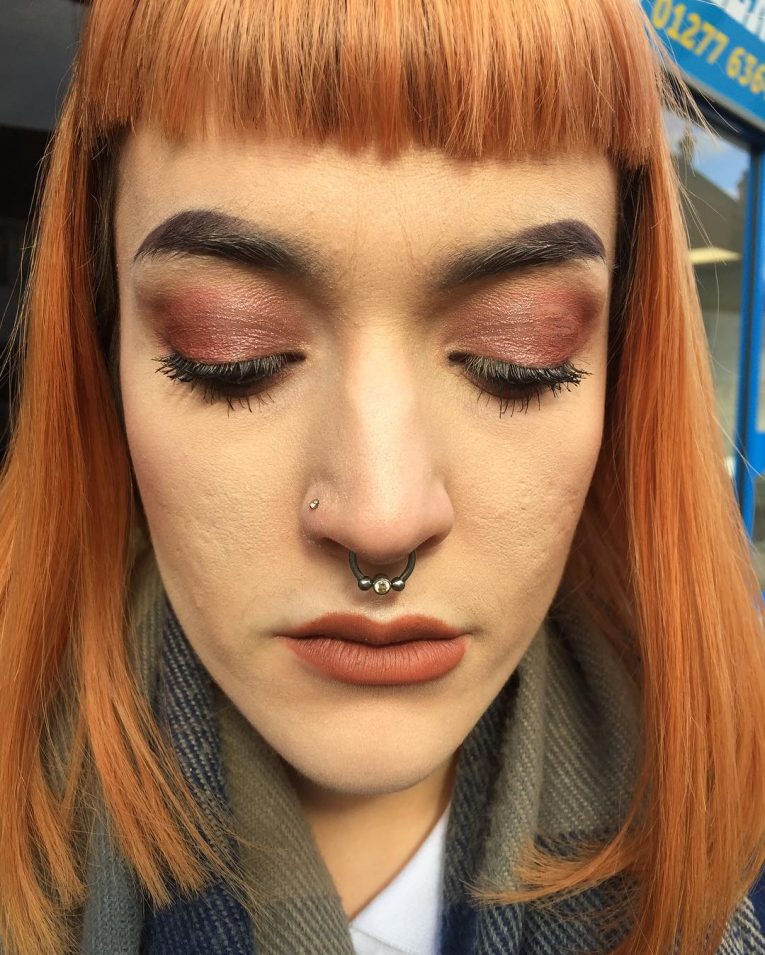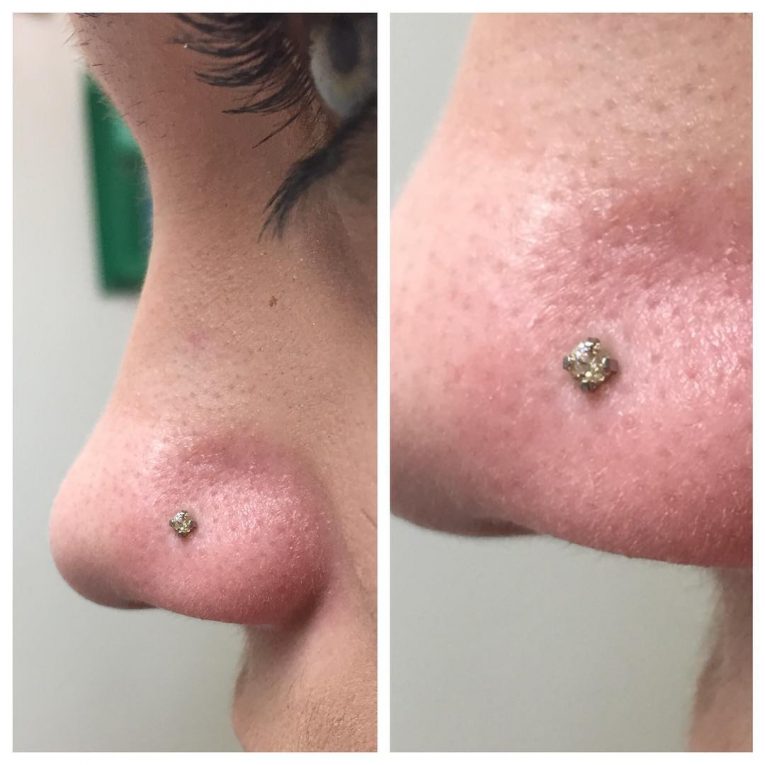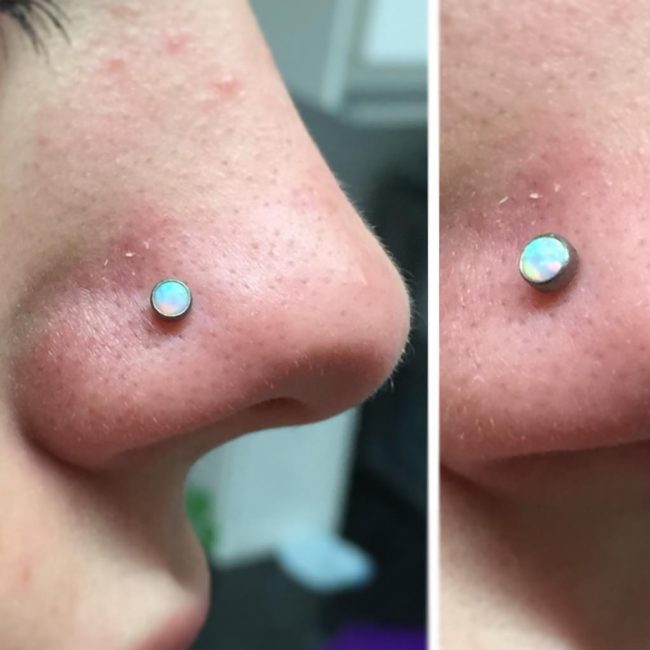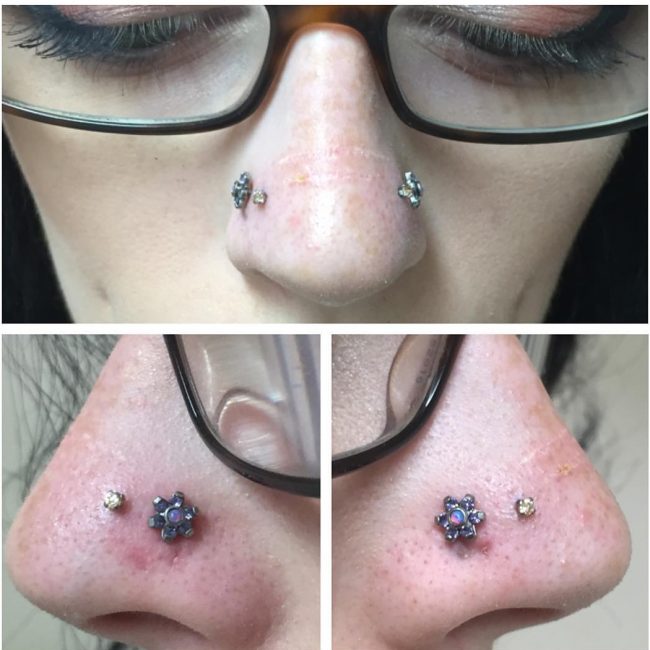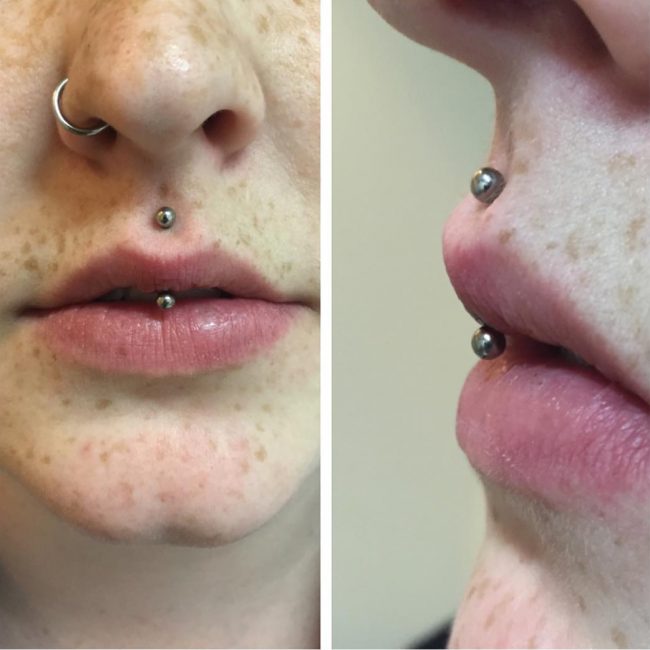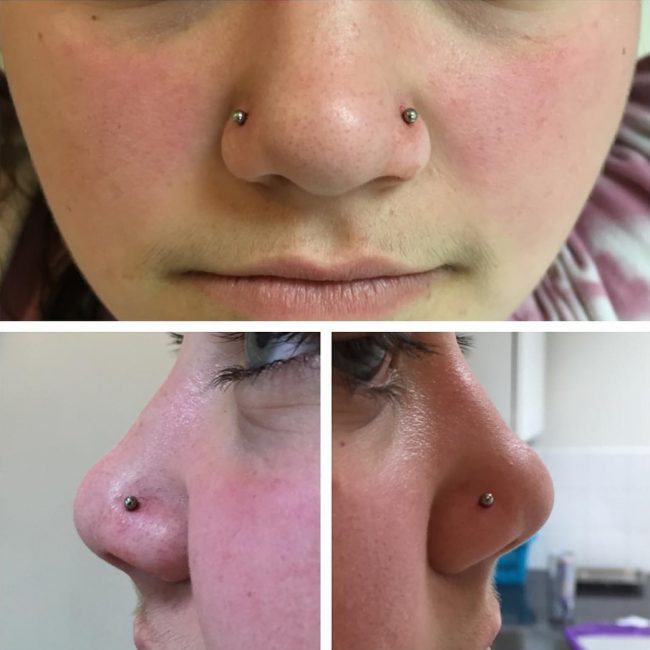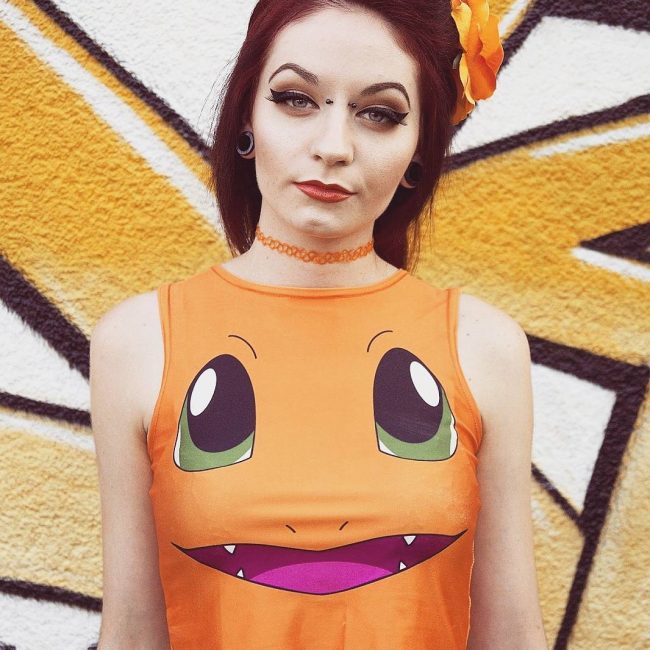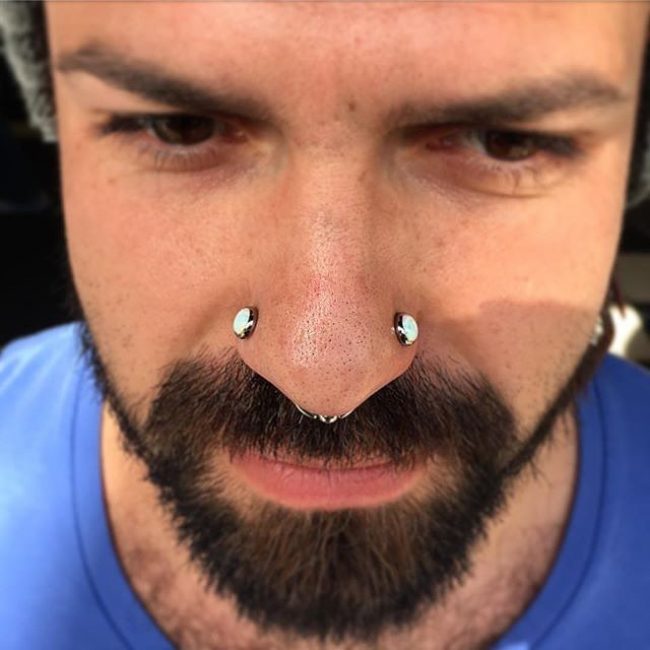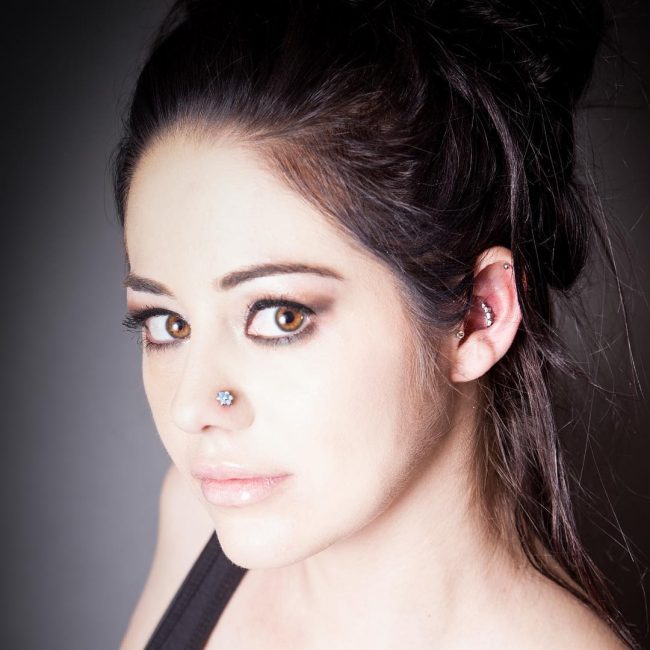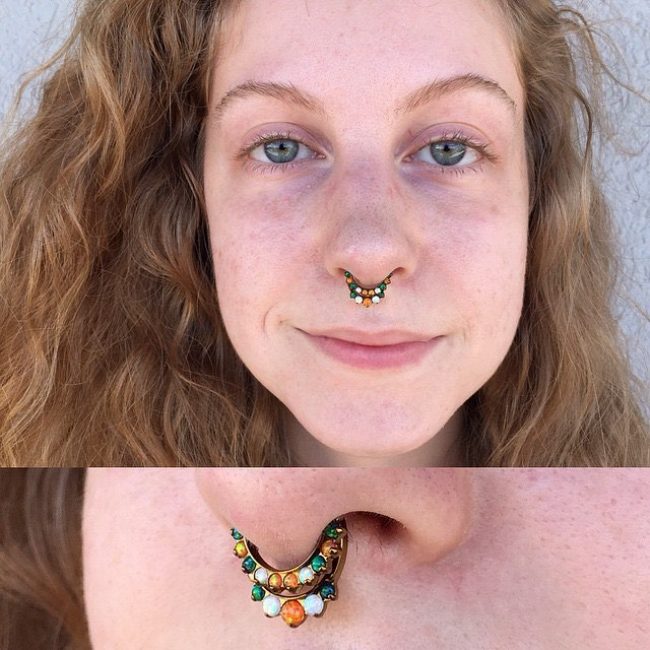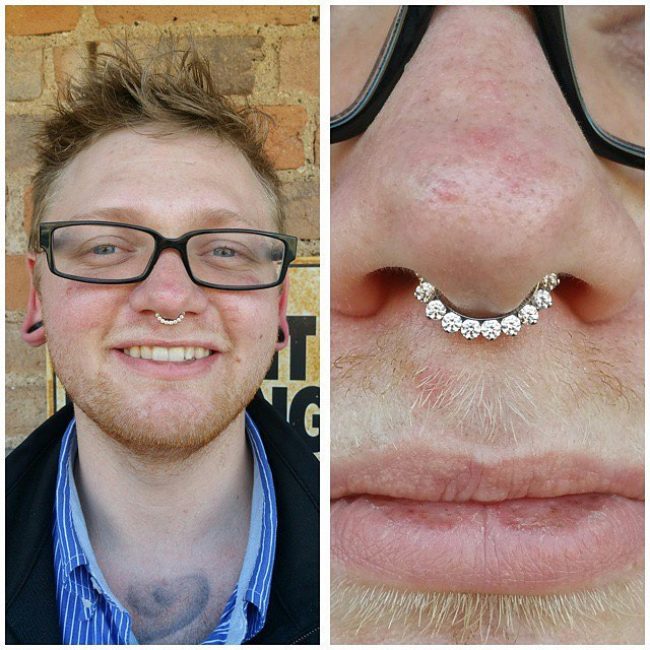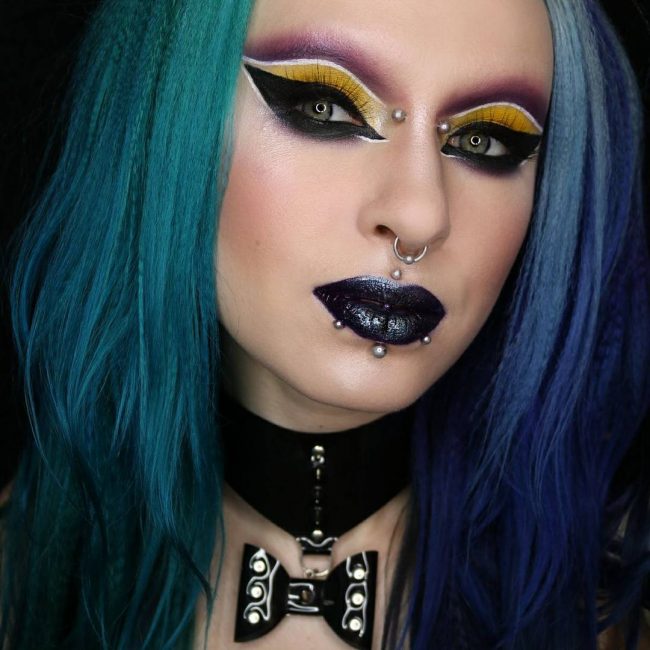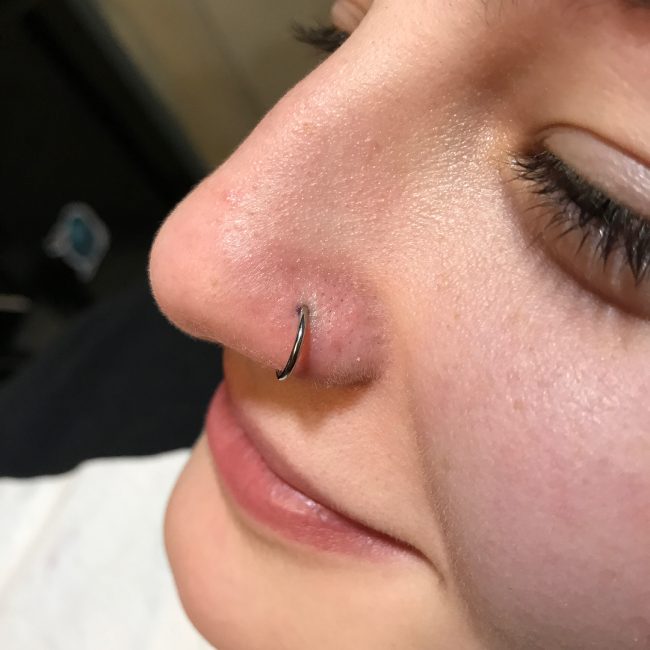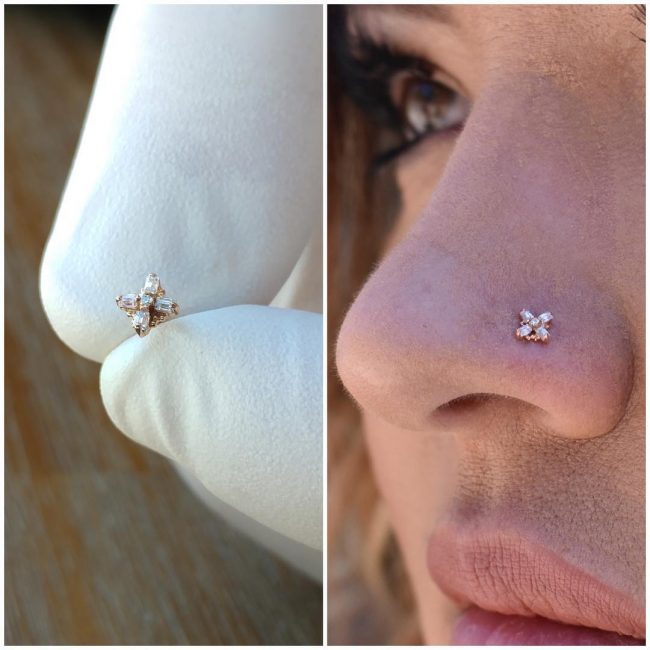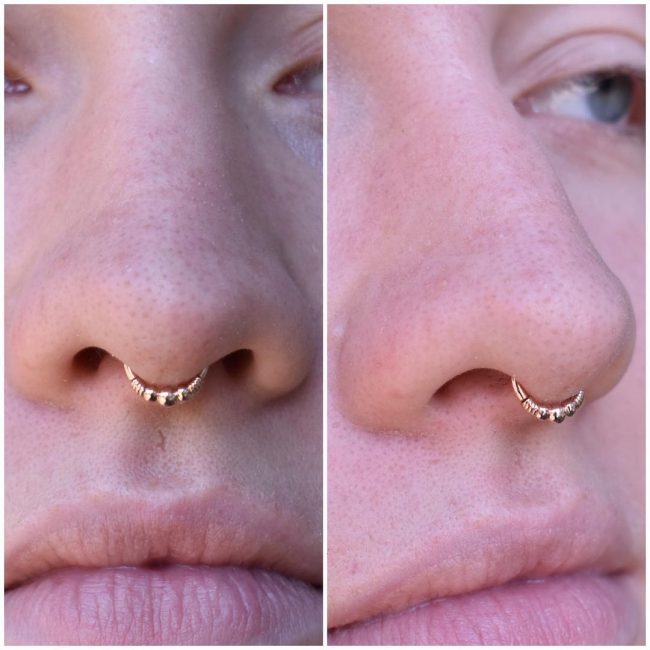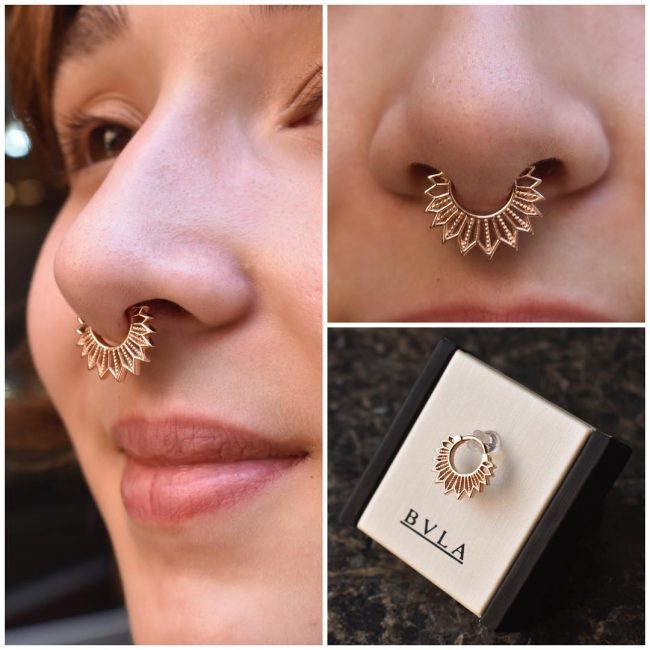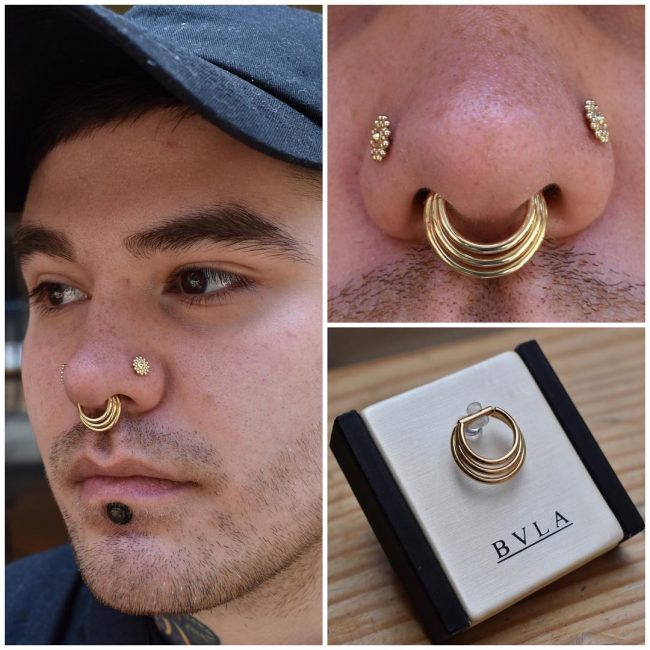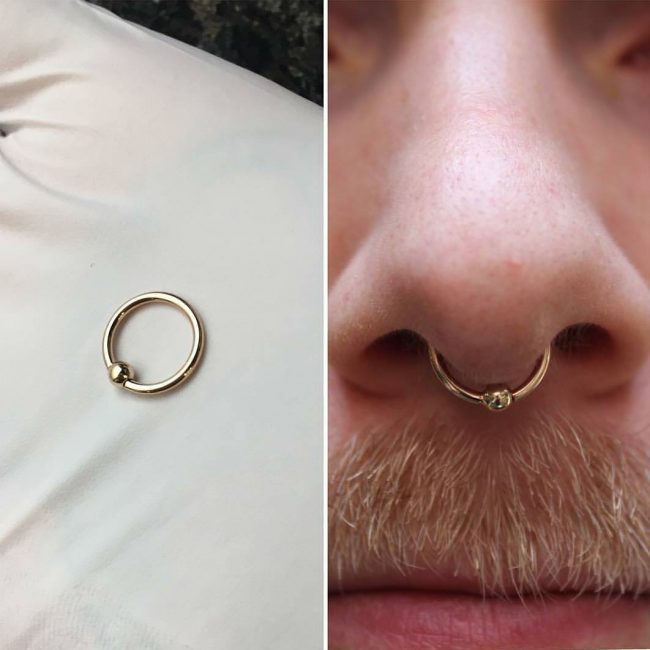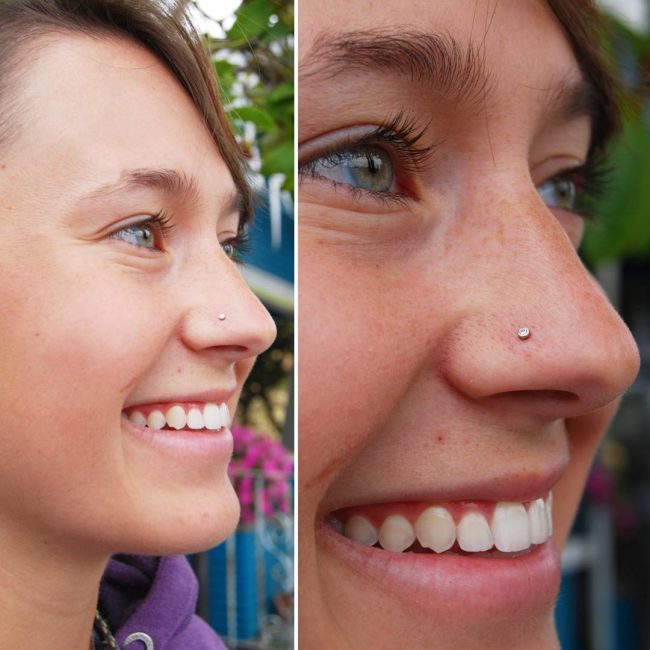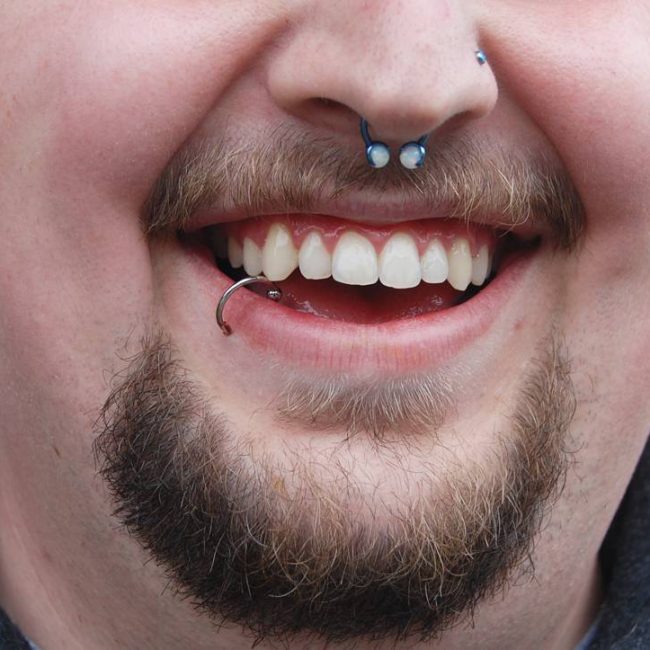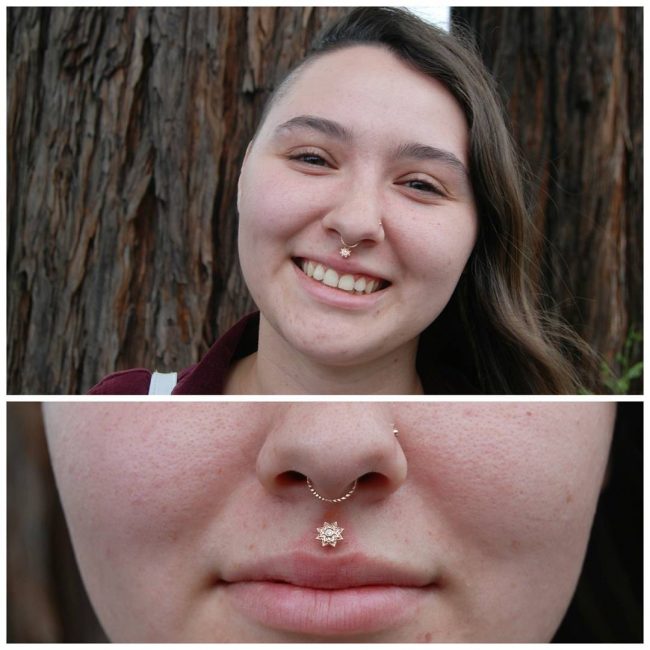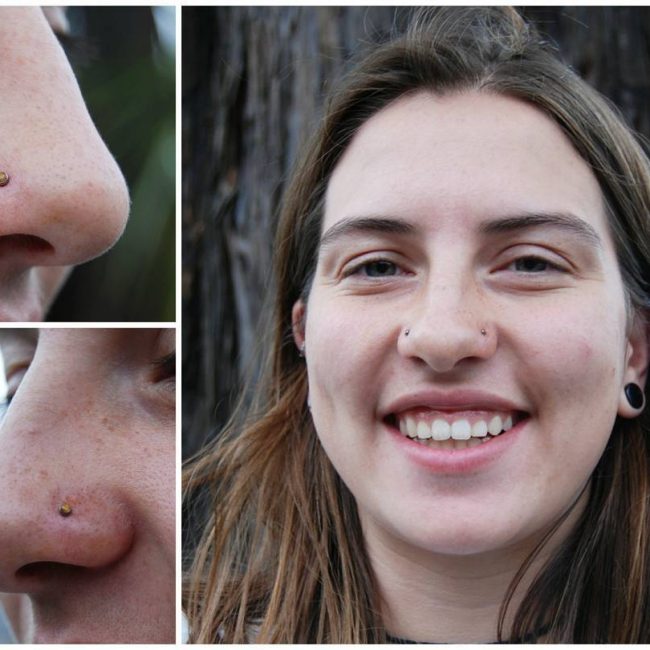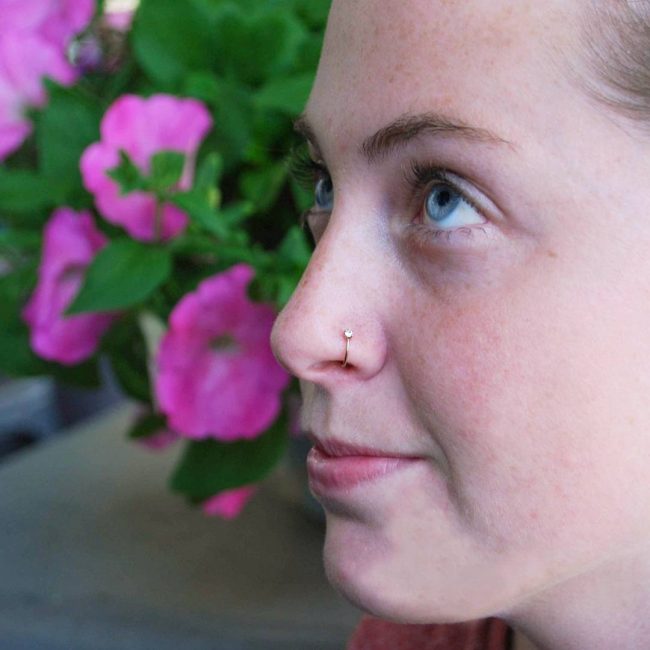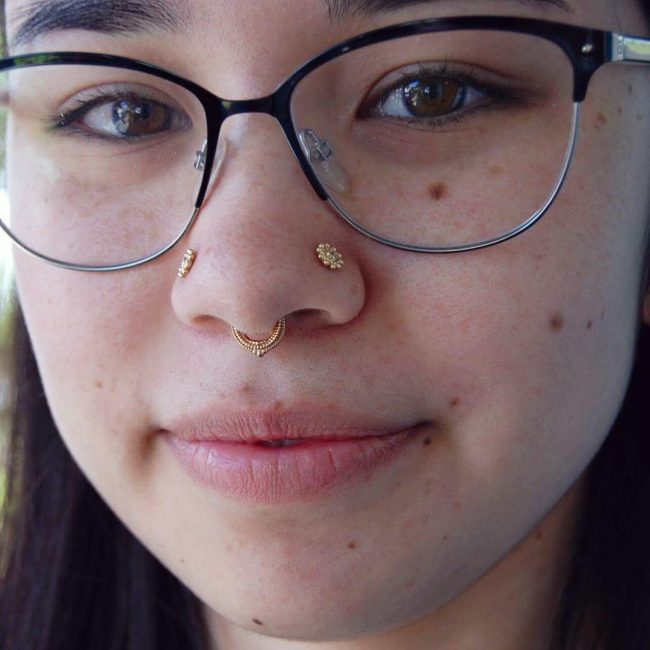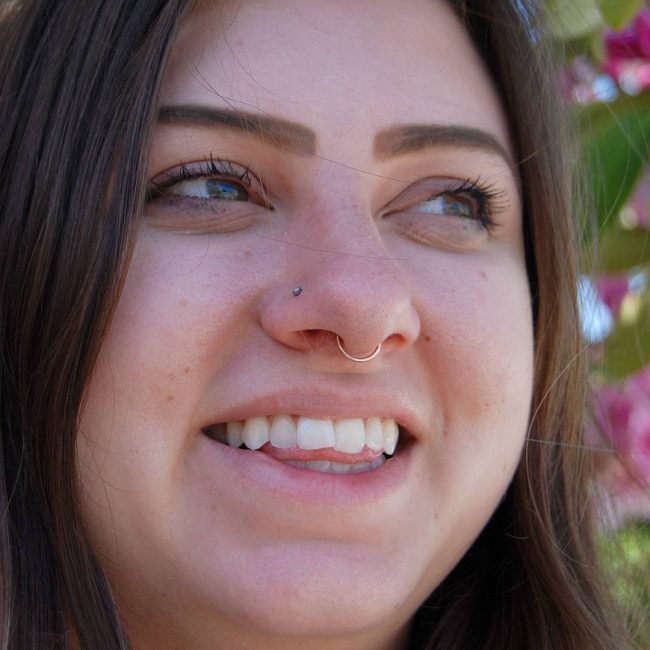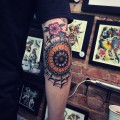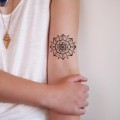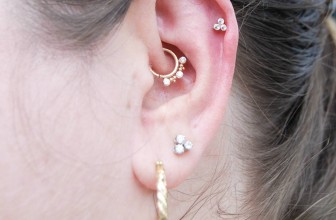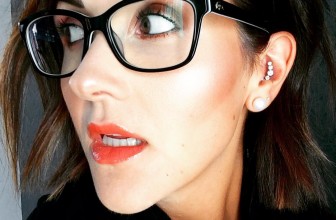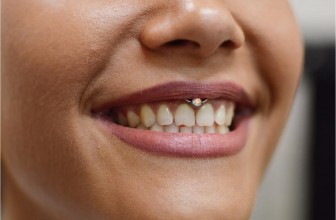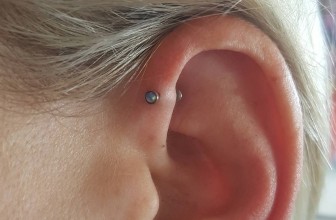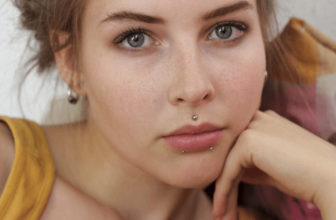60 Perfect Nose Piercing Ideas – All You Need to Know
Nose piercing always ranks among the most popular types of face piercings and it probably only comes second to ear piercings. Although it is a relatively recent phenomenon in the western world, there is enough historical evidence to show that it has been in practice in different cultures in the Middle East and Southern Asia for many centuries.
In some of these societies it has always had some cultural significance, but in the western world, it is purely ornamental.
Like tattoos, piercing any part of your body will require a lot of contemplation so that you can be sure that you are making the right decision. Although there are ways of closing the hole if you want to in future it will in most cases leave a nasty scar. But, if you decide to get one it will look good on you provided you choose the right type and an attractive jewelry.
Piercing your nose can come with some complication, and it is also harder to heal than many other parts of the body. You will need to have a lot of information before getting one as this is the only way to overcome or avoid these complications.
It is important to know things like the types of piercing that you can get, jewelry types and most importantly how to take care of your piercing.
Contents:
Types of Nose Piercings
The nose might look small, but it still allows for a variety of piercings. And so before you go out to get one you should know the options that you will have. But also keep in mind the fact that it is a cartilage and so it will not only be tougher to pierce (regardless of the type of piercing) but also takes longer to heal. Here are the main types of this piercing.
#1 Septum
Septum piercings will be placed between the chambers of your nose on the cartridge wall and at the bottom part of the nostrils.
This piercing type is what many people refer to as the “bull ring” as it is the style that you will see on cattle. Since you have to put a ring on this piercing, it can be quite sensitive, and this is more so if the ring snags. However, it is the only nose piercing that you can make truly and entirely invisible.
#2 Nostril
The nostril is the most common piercing for those that want to pierce their nose. Here the jewelry will be placed on the rim of the nostril, and you can choose to get it on the left or right side. Where you pick to have a piercing is all about your preferences as there is no meaning or significance if you have it on either side.
For nostril piercings a ring or stud is the best choice when starting but if you choose the latter make sure that it is not too tight because it will increase the time it takes to heal.
#3 Bridge Piercing
Bridge piercing is what some people refer to as the Earl. It gets this name from one of the first persons to get it. This piercing will entail piercing the surface on the nose bridge. The jewelry that you put will line up with your eyes. However, it is important to know that this piercing will be quite hard to heal and it has high rejection potential and healing out.
#4 Vertical Tip
The vertical tip or “rhino” piercing is a unique and also relatively rare piercing that will make you stand out. As the name suggests, it runs vertically above the tip of your nose, but you can also have it just under the tip.
The shape of the nose restricts the type of jewelry that you can have for this piercing, and in most instances, the barbell will be your only option.
#5 Nasallang
If you are one of those individuals with a high pain threshold and are looking for something more intense, a nasallang is a perfect choice. Although from the outside it might not look like it, this piercing is pretty intense. It looks like two nostril piercings placed evenly on both sides.
However, it is a different piercing type that goes through both the nostrils and septum. Most piercers will prefer to do this piercing with one needle and at once. If you get it, the best jewelry will be a straight barbell.
back to menu ↑Types of Jewelry
Once you determine the piercing you want to get on your nose, the other important thing is to choose the jewelry. You will need to choose one for starting off the piercing and also in the future you need to make choices on what to have in the hole.
There are many nose jewelry types available, but they will be suitable for different piercings. Their shapes and sizes will also differ, and so you have to be keen with your pick.
#1 Rings
Rings are always what most piercers will recommend when starting a new piercing. They will make it easy to clean the wound thoroughly, and they also leave enough room for swelling. There are also many ring types to choose from for your nose, but only loops, hoops, and circular barbells qualify as actual “nose rings.
#2 Screw
The nostril screw is a style of nose jewelry that originates from India. This jewelry is becoming quite popular in the western world. It features a small post that has a decorative top. The other end of the post curls into a semi-circle that then bends until it is perpendicular to the shaft. Depending on the nostril that you are using it for the semi-circle curve on this jewelry can go to the left or right.
#3 U-Bend
A u-bend is an unusual jewelry that will only work for a septum piercing. And as the name suggests it is a small piece with a “U” shape, and you can wear it with the ends flipped up inside your nostrils to make the piercing less detectable. It is one of the few nose jewelry types that can be completely invisible when wearing. And so it will be helpful when you want to hide your septum piercing but also do not wish for the hole to close.
#4 Bone/Stud
The bone is a stylish piece of jewelry that features a small decoration or bead that rest outside the nose. This decorative piece connects to a short and straight post with a ball on the bottom end.
However, the ball at the bottom is only marginally wider than the post. Although bones/studs are quite attractive, they can be painful when wearing or removing and so they will not be ideal for use when the piercing is fresh.
#5 Spike
Spikes are another great option for your septum and bridge piercings. They have a simple design that you can describe as a straight taper, and you wear them through your piercing horizontally. This jewelry also features some pointed ends that will stick out when wearing it and so it will not be suitable for your fresh piercings.
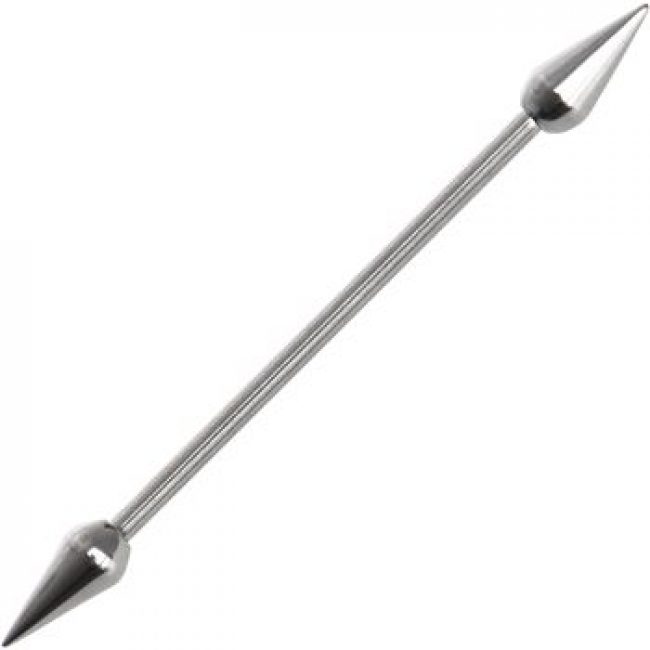
Nose Piercing Process
Every piercing will always be different from the other. However, understanding the procedure before you get it will make the process less scary. For a nose piercing, there are three main stages which are preparation, actual piercing, and healing.
All are equally important as they will determine the hole that you end up with and also your overall health to some extent. Knowing these three stages will also make sure that you know what to expect from the piercer and so you do not have to guess.
Stage #1: Preparation
Once you get to the piercer’s shop or studio, the first step will be to clean the area that you want to pierce. The professional will use germicidal soap or an antiseptic to wipe the area. Cleaning will help to get rid of germs that may be present in the nose to ensure that they do not get into the piercing and cause infections.
Apart from cleaning the nose, the professional will also help you in deciding the exact place where you want to get the piercing. Experienced ones only have to look at your nose and face and tell you what spot will work best for you. But, most will use a surgical marker to highlight different places in your nose so that you can pick the piercing place you like most.
It is also at the preparation stage that the piercer will give you an opportunity to pick the nose ring that you want him to use when doing the actual piercing. If you do not have an idea on what to use or are not sure, the piercer will help you.
Stage #2: Actual Piercing
After preparation, the next and probably the most important step is doing the actual piercing. For this, the piercing gun will not be appropriate as it is not easy to make an exact placement of the hole when using it. Instead, most piercers will use a sterile piercing needle to make a hole through the cartilage before inserting the nose ring.
Piercing professionals will use round forceps to ensure that the hole is in the exact place where you want it. They do this by making sure that the rounded part of the forceps is on the exact spot where you want the hole. When making the pierce the needle will be passed through the forceps (at the rounded tip).
Piercers will also insert a small cork into your nostril to enhance safety. The cork will ensure that the needle does not pierce the inside of your nose accidentally. After making the hole, the piercer will then insert the ring immediately.
Stage #3: Aftercare/Healing
Piercing the nose only takes a couple of minutes, but the aftercare and healing will take way much longer than this. Unlike other piercings, the ones on the nose will entail puncturing cartilage which takes longer to heal than flesh.
Sometimes the wound can take more than three months to recuperate and so it will require some extra aftercare as it heals. But if you observe good hygiene and follow the instructions of your piercer it should heal well despite taking longer.
back to menu ↑Taking Care of the Piercing
The nose affects different aspects of your life, and it is also quite painful. Also, the sooner it can heal the better since you will be able to wear the fancy jewelry that you desire. And so to reduce the healing time and to eliminate complications you should follow these simple tips.
· Clean your wound (piercing) at least three times a day using an anti-bacterial fluid that does not contain fluoride of alcohol.
· Remember to sanitize/wash your hands before touching the piercing.
· Use paper towels to pat dry the piercing instead of a cloth towel.
· Check your jewelry regularly and ensure they remain tight at all times.
· Once the wound heals considerably, you should visit your piercer to replace the ring.
· Avoid swimming even if summer is on its hottest days.
· Avoid sleeping on the nose because this will slow down the healing.
· If you use makeup, avoid getting it into the piercing because some of the chemicals in the product can cause infections.
back to menu ↑Possible Complications
A typical nose piercing will only require a couple of weeks to heal, but sometimes there can be complications. These complications will range from rejection which is where the body or the piercing reacts to the metal on the ring to others like keloids and infections. Keloids and infections are quite common, and so it is important to know how to deal with them and their symptoms.
#1 Keloids
The development of keloids around your piercing is a minor but still irritating complication. In definition, Keloids are an overgrowth of tissue around an injury, and they are a scar that does not heal as expected.
In some cases, they will be the same color as your skin, but typical ones will be darker or redder than the surrounding areas. Although they are more common on the earlobes, back and shoulders, they can occur on the site of any injury including a piercing on the nose.
There is no way one can prevent keloids because they seem to run in families. Also, if you tend to get them on injuries in other parts of the body, you are more likely to develop them when getting your piercing. Although they can be challenging to treat it is still possible.
Some home remedies like hot salty water soak and essential oils like tea tree oil can help to reduce their prominence. If these treatments are not effective enough, you should visit a dermatologist for professional treatment so that you can maintain the ornamental appearance of your piercing.
#2 Infections
Infection is always the primary concern when getting any piercing because it will not only affect the piercings, but it can also have negative implications for the rest of the body. It is important to be aware of the following signs of infections after your piercing.
· Swelling: Some swelling in the nose is normal after getting your piercing. However, if it does not go away after a few hours or at most a couple of days, it worsens, and you find it difficult to speak or swallow anything you should talk to a physician.
· Redness: Slight redness is also common after any piercing. However, if it also persists or is accompanied by swelling and excessive pain it could be a sign of infection.
· Discoloration/Discharging: If the piercing on your nose turns yellow/black and it is accompanied by a yellow (or green) discharge it is a sign of infection, and you need medical attention.
· Bleeding: Since piercing entails puncturing the nose, there will be some bleeding. However, if the bleeding continues even after the healing process is complete, you should seek medical help as it can be a sign of infection.
· Red Streaks: Red streaks radiating from the hole to the front of the nose or sides accompanied by a fever might be an indication of an infection.
back to menu ↑FAQs
Q: Will the piercing be painful?
A: Yes, any procedure that entails piercing the body will always be painful. However, like most other piercing the pain is momentary. You should also expect an occasional pain when the wound is healing. But, the pain threshold will vary from one person to the other.
Q: Which side of the nose is the best for piercing?
A: Either. While some people prefer to pierce the left section of their nose, most others are more comfortable with the right one or both. And so the answer to this common question is that any side is suitable for piercing and so whatever you choose should be a matter of personal preference.
Q: Can nose piercings close?
A: Yes, they can and will if you remove the jewelry for long periods continuously. If for any reason you have to remove the ring for long you should consider buying a retainer to prevent the hole from closing.
Q: Can you change the jewelry after piercing?
A: Yes, you can replace the jewelry, but you should wait for the piercing to heal first or for at least the duration that the piercer will advise. Also, it is a better idea to go back to the piercer to change it for the first time so that you can get an assessment of the piercing.
Q: How much will it cost?
A: The cost of getting a nose piercing will vary from one shop or piercer to the other. However, the general price range is between $25 and $100 in most places. Also, your choice of jewelry will affect the cost.
back to menu ↑Conclusion
Many people now accept nose piercing as a form of body art. And so unlike in the old days, you will not feel awkward with one. This piercing will not only look cool and trendy on you but also helps to accentuate your facial features.
But, before you get one you should understand important things like the piercing types and jewelry available, pain, healing time, cost and the possible complications. If you relish the idea or are contemplating about getting one this guide will give you all the information you need and make the entire process easy for you.

